December 21 is the northern winter solstice. Here in Selfoss sunrise was at 11:14 and sunset at 15:29 and the sun is just 2.7° over the horizon at midday.
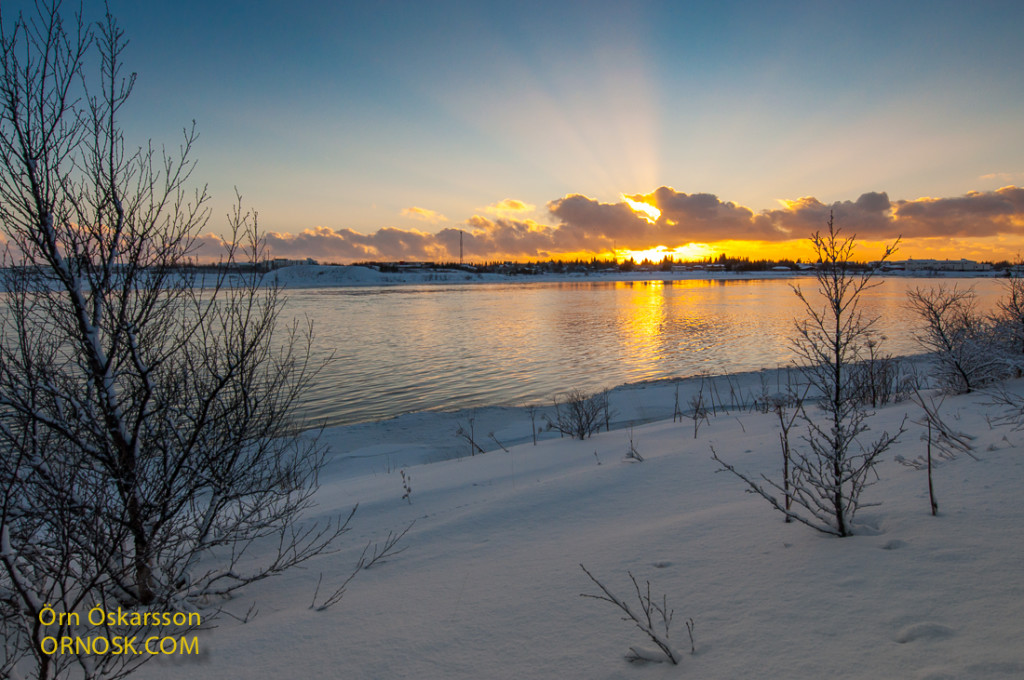
We would like to share with you a website on flickr.com. To enjoy all the little things in nature, that the natural eye can’t do justice to, take a look at some exceptional macro photography on Atli Arnarson’s site: https://www.flickr.com/photos/atlapix
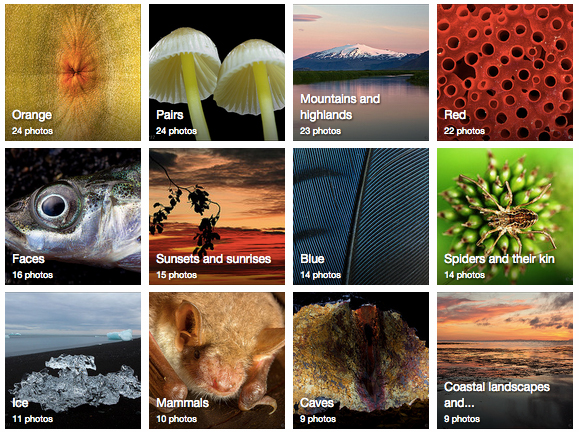

Now it’s 3 days and everyone is so busy doing all the things people are supposed to do for Christmas. Remember to think about the things that matter. Being healthy is not guaranteed, money can’t buy happiness and be thankful for the troubles you don’t have.
Lend a helping hand – and if not your hand your ear <3
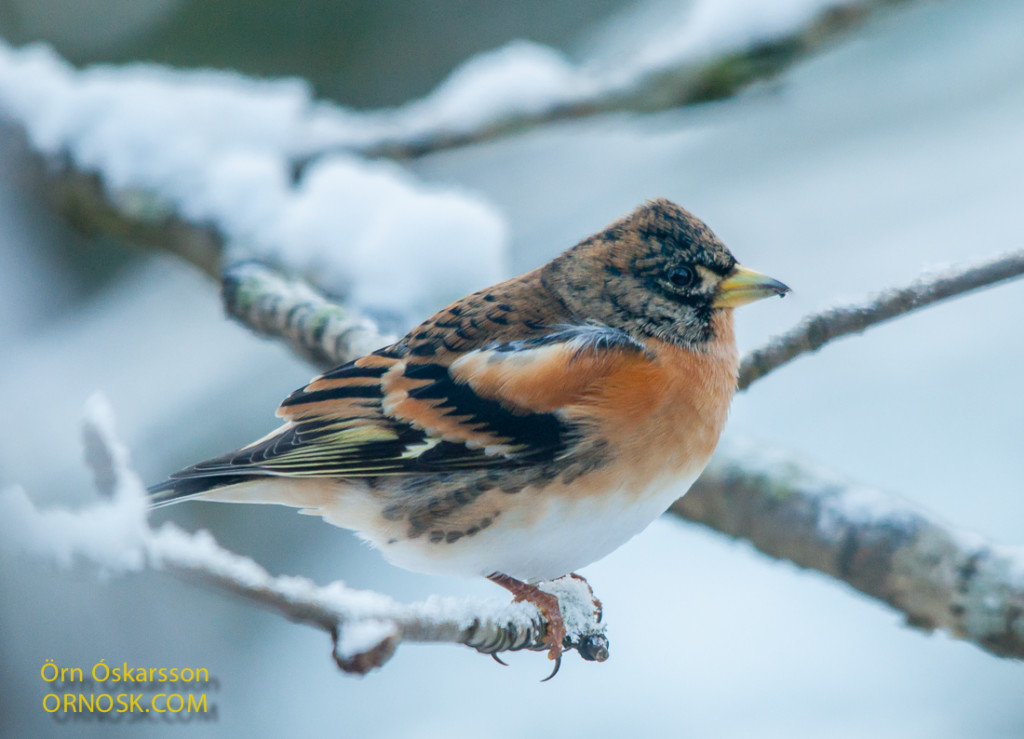
Only 4 days to Christmas and December greats us with lots of snow and short days that only last about 4 hours from sunrise to sunset. Today we bring you this Brambling that was with us in October’s snowy weather. The Brambling is a vagrant in Iceland and as such always a treat.
It has been a difficult December and different from what we are used to, blizzards day after day and closed roads. Hopefully we will get nicer weather during the holidays so family and friends will be able to visit their loved ones.
This Chaffinch has been with us since October and seems to be quite up to the Icelandic climate.
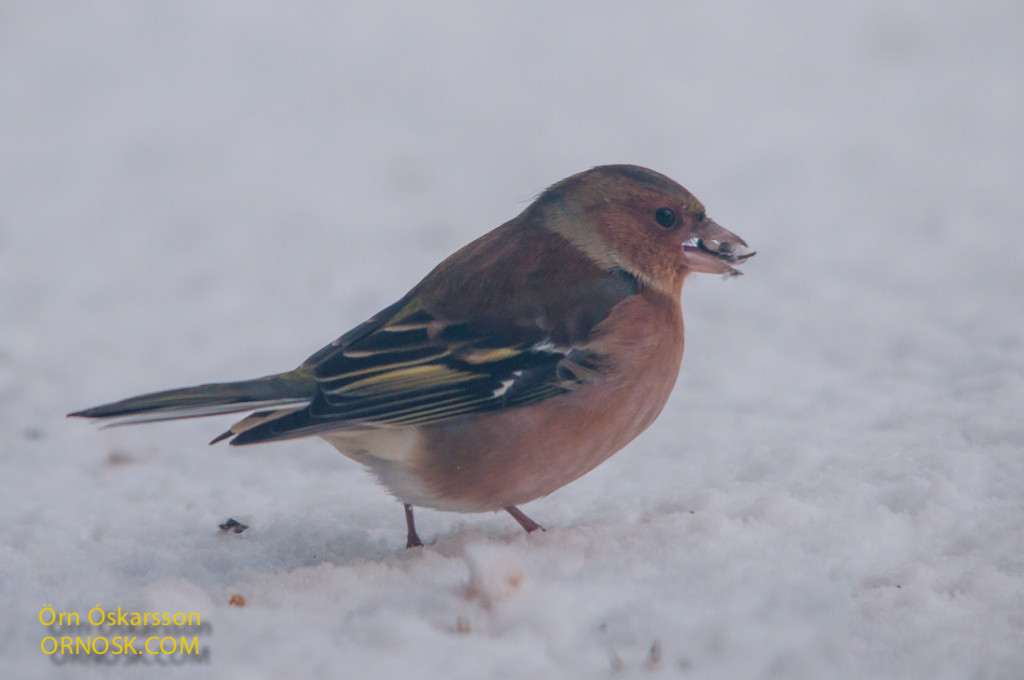
At last we have a beautiful day with bright skies and no blizzards in this part of the country. Tomorrow it will not be so bright. There is a lot of snow everywhere so it’s not easy for the birds to find food but a lot of people set out food for them. This Chaffinch in our garden has her bill full of sunflower seeds. Picture taken today 🙂
Cornell Lab of Ornithology has everything about birds, I mean EVERYTHING.
Take time to look at their website. It’s all about birds. Your guide to birds and birdwatching 🙂
http://www.allaboutbirds.org/
It’s 6 days to Christmas and the Goosanders on the river stay relaxed despite the snowstorms that seem to haunt us these days. The Goosander is one of the birds that stays in Iceland the whole year round. – Can you see the Polar Bear ?
The Long-Tailed Duck is a noticable duck because of its beautiful colours and long tail. Global warming is probably a threat to its existence. It is on the IUCN Red List of Threatened Species, with the status vulnerable. In the wintertime it stays in the ocean around Iceland but in the summer it is a breeding bird in the interior where the climate is colder, more arctic.

This picture is taken in Veiðivötn, Fishing Lakes, in the interior of Iceland. The male bird is at the front, the female behind.
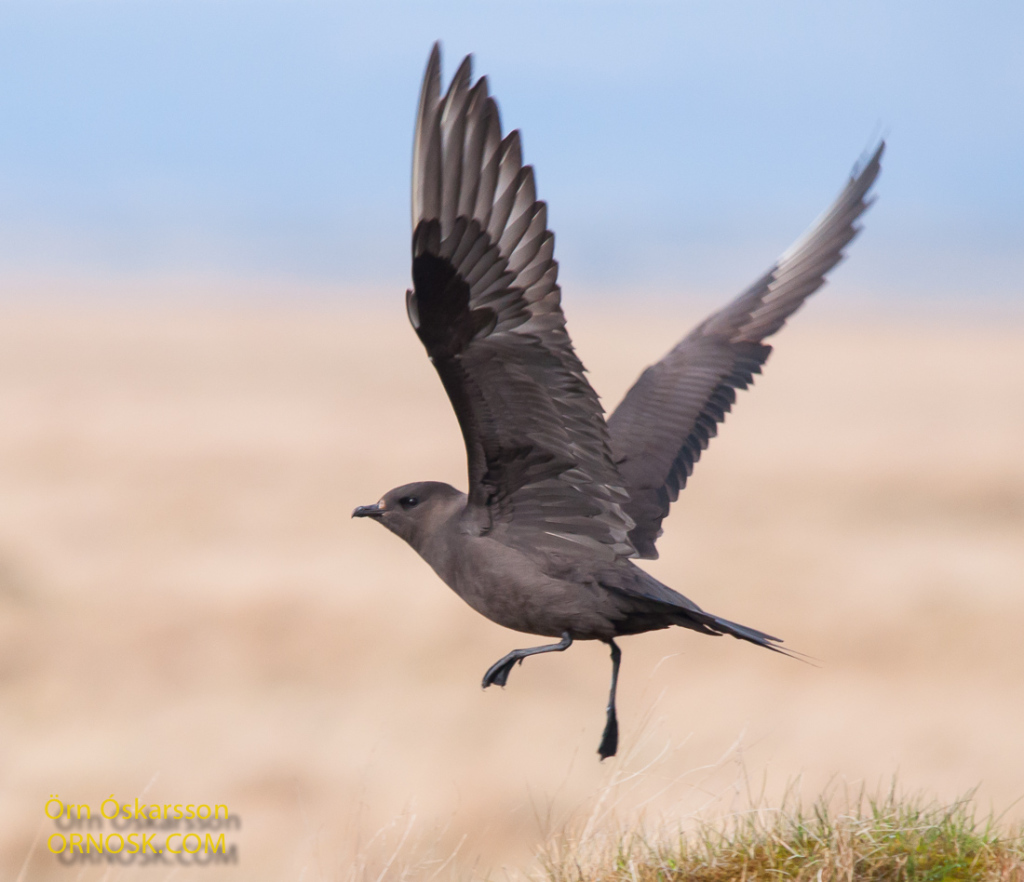
The Parasitic Jaeger (Stercorarius parasiticus) gets its name from stealing food from other birds. Doesn’t sound nice, does it? It is a seabird and also goes by the name of Arctic Skua. We think that is a better name.
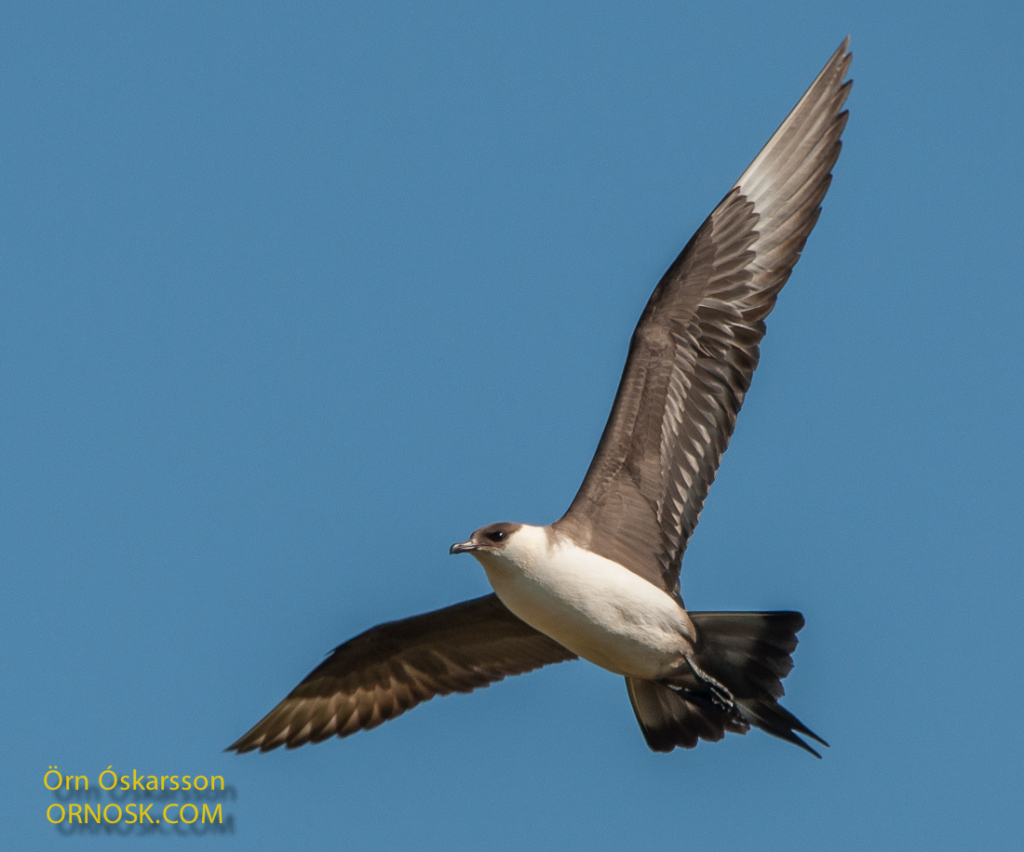
The Arctic Skua is a migratory bird in Iceland and arrives here in early May. It can be found throughout the country. It makes its nest in sandy soil even in the interior although it is a seabird that stays mostly near the sea .
It seem that the Blackbird quite likes Iceland. Some years a ago they were vagrants but that has changed. We have more than 10 in the garden most days.